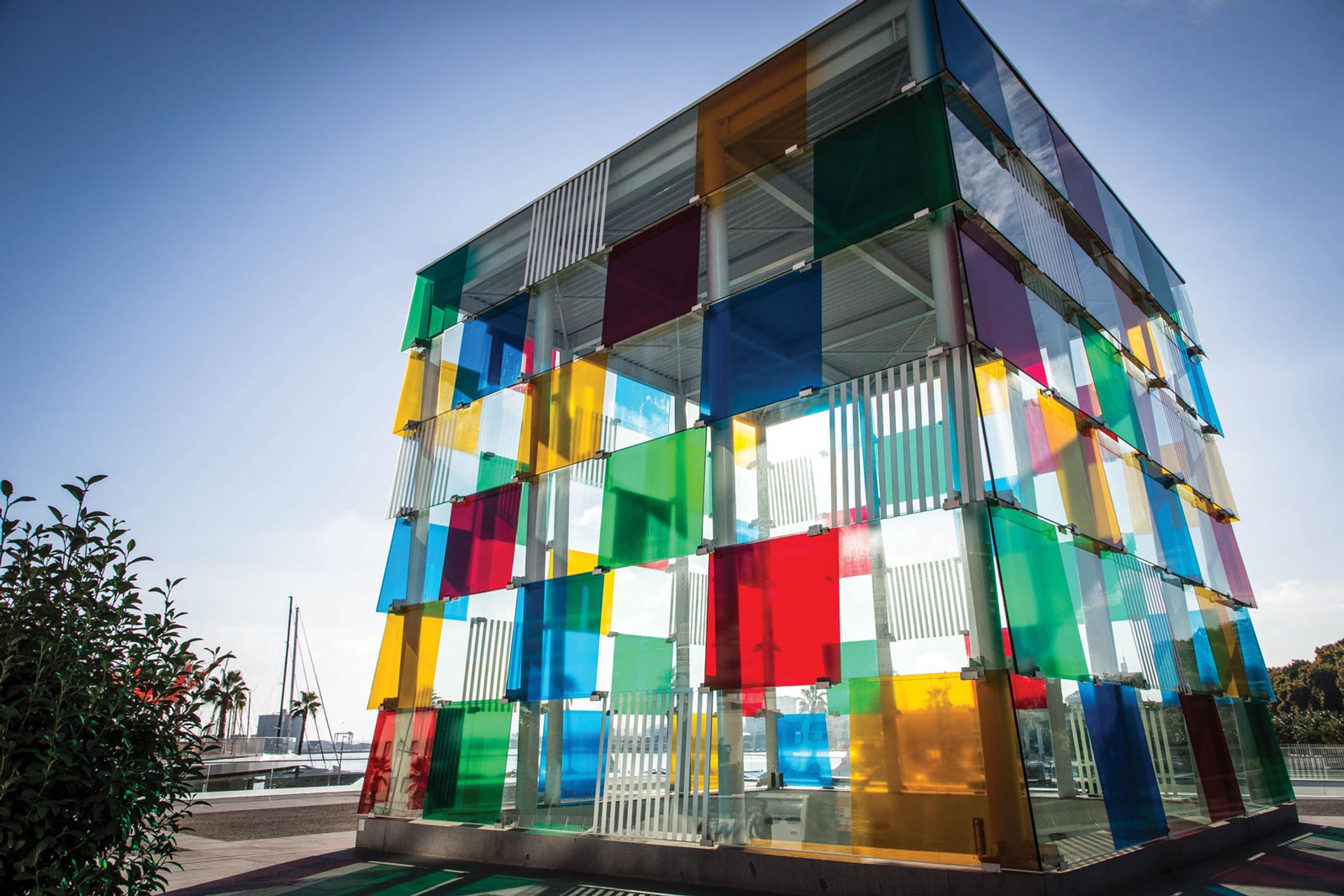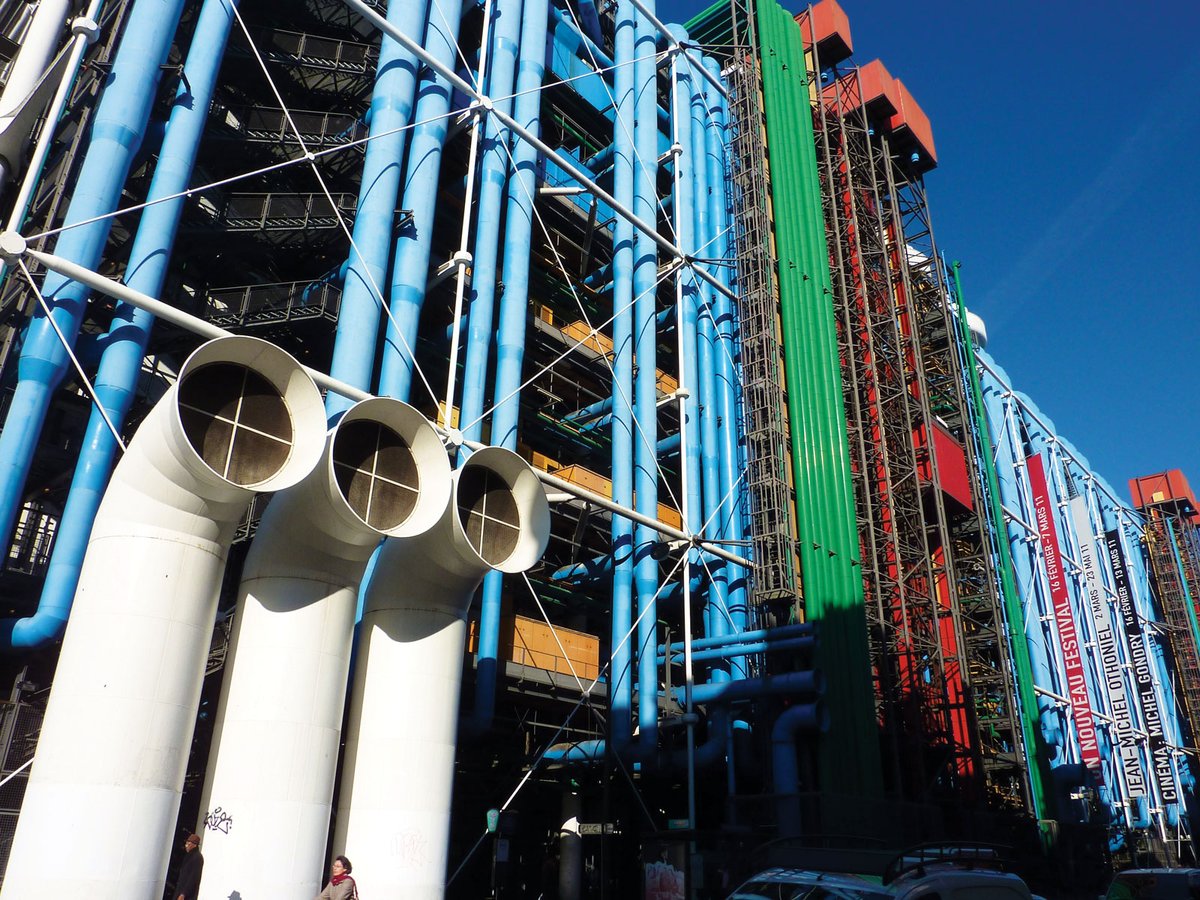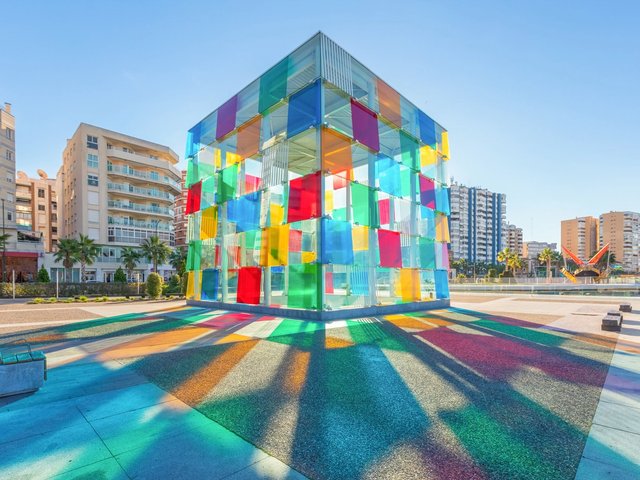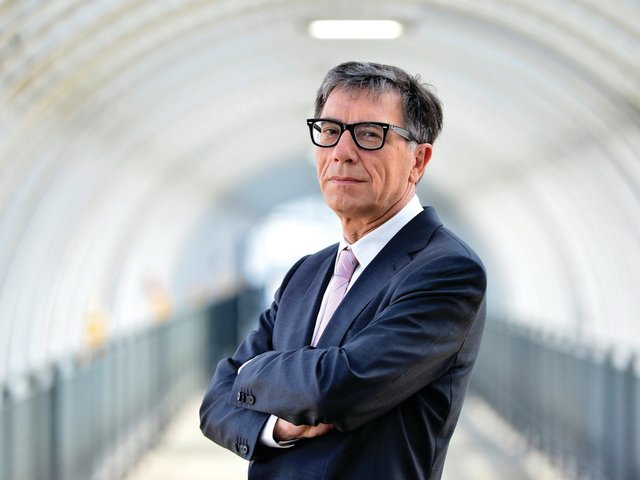With outposts and partnerships either launched or pending in Metz, Málaga, Brussels, the Gulf, Shanghai and possibly Latin America, is the Centre Pompidou turning into a new Guggenheim, eager to extend its influence globally? Encouraged by the success of its Málaga branch and of Louvre Abu Dhabi, the Pompidou’s president, Serge Lasvignes, is boldly steering it into a number of new ventures, which he believes will deepen the Parisian museum’s relationship with artistic centres it might otherwise be unable to reach.
On 5 May, the Pompidou is launching a 13-month “multidisciplinary programme” in Brussels, based in a 1930s Citroën garage bought by the regional authorities. This includes an exhibition of sheet metal sculptures, shows on architecture, an amateur film studio and a performance involving 50 folding chairs. NoAarchitecten (Brussels), EM2N (Zurich) and Sergison Bates (London) were chosen in March as the architects for the garage’s conversion into a “cultural hub” named Kanal-Centre Pompidou. The €140m construction project will start this autumn and is scheduled for completion at the end of 2022. The Pompidou will maintain programming throughout the renovation and eventually occupy half of the venue, with the rest divided into an architecture museum and free public spaces.
Lasvignes says he will sign “before this summer” the final contract for the Shanghai outpost opening in spring 2019, which will host five or six exhibitions a year. Last month, he signed a five-year memorandum with Saudi Aramco, extending the Pompidou’s partnership with the King Abdulaziz Center for World Culture in Dhahran. Since 2013, the French museum has contributed to a programme there that includes exhibitions, films and staff exchanges. The deal was renewed during Prince Mohammad bin Salman’s recent visit to Paris, hours before the Franco-Saudi agreement for the cultural development of the Al-Ula region, where the Pompidou will be responsible for part of the planned Arab civilisation museum. It has also helped to develop the Modern and contemporary section of Louvre Abu Dhabi.

The 1930s Citroën garage in Brussels that is to become Kanal-Centre Pompidou sau-msi.brussels/P.Sa
Lasvignes, who is now eyeing possibilities in Bogotá, sees such ventures as platforms for exchange. “These outposts will help to reshape our collections,” he says. “We have to be in China, so we can follow the living arts and collect works before they reach the international market. And what is true for Asia is also true for the Arab world and other continents too.” He stresses that, having fought three wars with Germany in less than a century, France has only recently realised that its collections completely missed Modern German art. French curators also snubbed American Pop Art, which is now much too expensive for a museum relying on reduced public subsidies.
Lasvignes’s ambitions have been further fuelled by the request from Málaga, the first city to commission what was called at the time a “pop-up Pompidou”, to add another five years to the collaboration, which expires in 2020. “Málaga was not the first city we would have considered in terms of international development,” he says, “but we are very happy to see that it worked so well, and it became a testing ground for the experiments now blossoming elsewhere.”
The Pompidou’s outreach will also help refill its coffers: it receives around €1.5m a year for each international branch. Growing recognition of its expertise has even led the museum to become an “à la carte” services provider, assisting clients to design exhibitions, open a children’s centre or publish a catalogue (without the Pompidou branding of a full outpost). Its enterprising president also plans to open a school for specialist staff in two to three years.
Global expansion makes practical sense for one of the world’s biggest Modern and contemporary art collections. “We hold 120,000 works, of which 93% are in storage,” Lasvignes says. France can use this cultural wealth, he believes, to deliver a message “against the aggressiveness of today’s world, and open to exchange and universal values”.

The “pop-up Pompidou” in Málaga, which opened in 2015 Adrian Scottow





